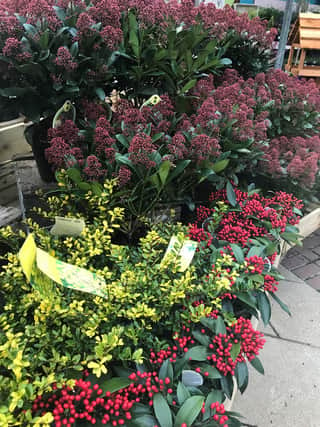Garden tools that have stood the test of time


Although scythes and sickles are still recognisable tools to most people, the cucumber straightener is more of a rarity and most gardeners do not use animal traps.
Green fingered Brits have been tending gardens since the Middle Ages and although some basic tools remain unchanged.....previously essential gardening tools have fallen out of fashion.
Advertisement
Hide AdAdvertisement
Hide AdShedperts at online retailer GardenBuildingsDirect.co.uk studied the history of gardening, and compiled a list of the most interesting tools used in bygone times.
In the 12th century, abbot of Cirencester, Alexander Neckam, created a list of the must-haves for every peasant’s garden shed. It included spades, shovels, knives and animal traps.
Spades also appear in a sixteenth century book that identifies specific models for paring, turfing, trenching and gouging.
The sixteenth and seventeenth centuries were a time of growing interest in gardening as a pleasurable pastime, as well as a necessary means of producing food.
Advertisement
Hide AdAdvertisement
Hide AdThis interest continued to grow in the eighteenth and nineteenth centuries, which saw increases in commercial and private gardening.
As a result, the period was a ripe time for innovative and unusual garden inventions.
The sickle and scythe are immediately recognisable to most people as bygone tools for harvesting and cutting.
But the nineteenth century cucumber straightener and seedling watering can are much less well known.
Advertisement
Hide AdAdvertisement
Hide AdA spokesman for GardenBuildingsDirect.co.uk said: “The first spades and shovels were made of wood or even animal bones, and wheelbarrows go back at least to the twelfth century.
“What we’ve done with our list was to try to find the most interesting gardening tools of bygone eras.
“It would be absolutely fascinating to be able to travel back in time and see how the garden sheds of centuries past would compare to a modern day one.”
Seven bygone gardening tools include;
Scythe - It has been almost entirely replaced by the tractor, but this agricultural tool for cutting grass and crops is still widely recognised.
Advertisement
Hide AdAdvertisement
Hide AdSickle - Before the scythe, there was the sickle, with curved blade ideal for harvesting crops. It dates back to the Iron Age, and the blade is adapted for the particular jobs it is intended to do – both its curvature, and whether it is smooth or serrated.
Garden syringe - Modern day versions do appear, but they are uncommon and lack the charm of the original. These were used for targeted administration of insect poisons.
Cucumber straighteners - The nineteenth century was a prolific time for weird and wonderful garden tool inventions, and the cucumber straightener is one of the most innovative.
Seedling watering can - This invention resembled a modern watering can, but with an extremely long spout drilled with holes. Water would pour out in numerous jets on either side – very efficient for watering young plants.
Advertisement
Hide AdAdvertisement
Hide AdDusting bellows - The best way in the eighteenth century to administer powdered insecticide.
Animal traps - The problem of keeping vermin and animals away from the garden and crops is as old as gardening and farming themselves. Abbot of Cirencester Alexander Neckam’s twelfth century list of essential garden tools includes a snare and vermin traps.